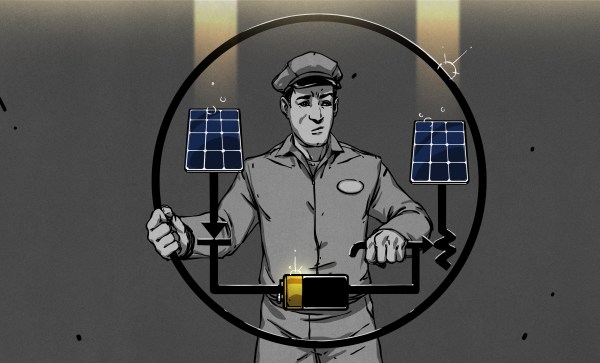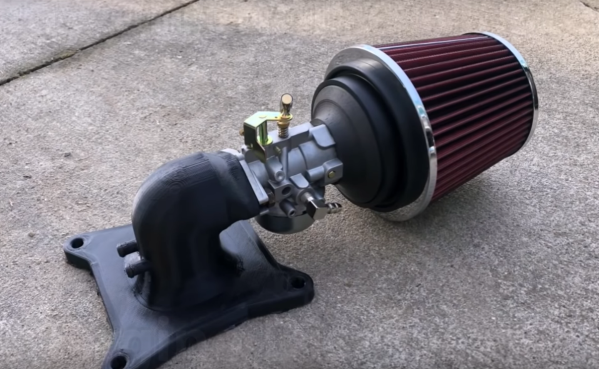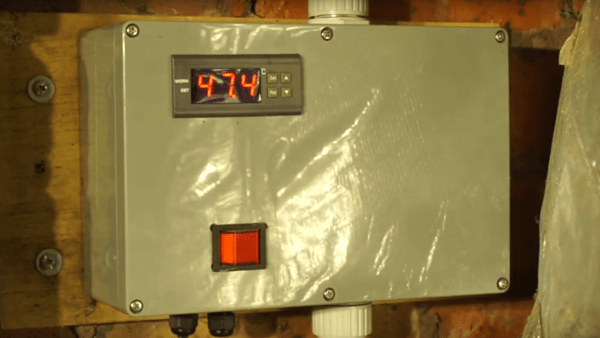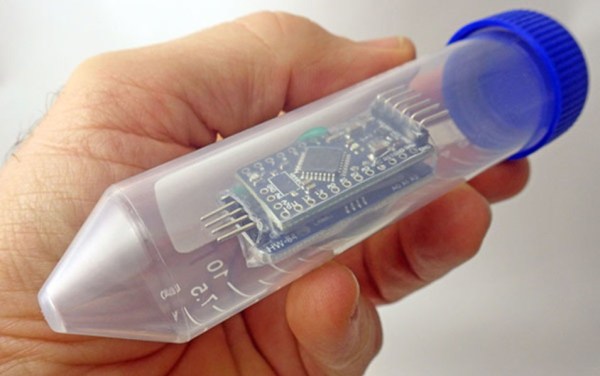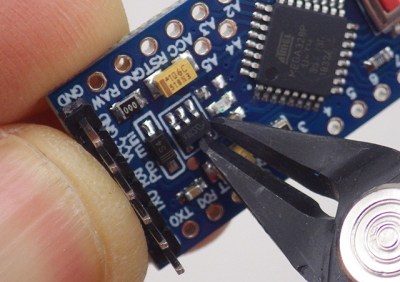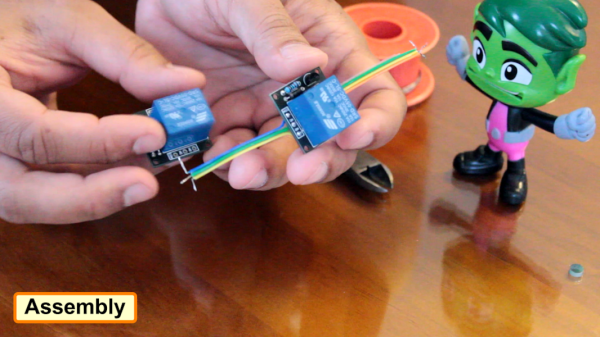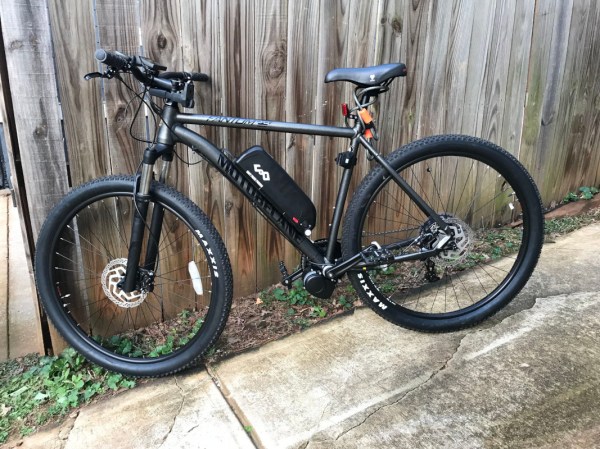When looking at integrating a photovoltaic solar panel into a project, the naive assumption would be that you simply point the panel into the general direction of where the Sun is, and out comes gobs of clean DC power, ready to be used for charging a battery. To a certain extent this assumption is correct, but feeding a solar panel’s output into something like a regular old PWM buck or boost regulator is unlikely to get you anywhere close to the panel’s full specifications.
The keywords here are ‘maximum power point’ (MPP), which refers to the optimal point on the solar panel’s I-V curve. This is a property that’s important not only with photovoltaics, but also with wind turbines and other highly variable power sources. The tracking of this maximum power point is what is generally referred to as ‘MPPT‘, but within this one acronym many different algorithms are covered, each with its own advantages and disadvantages. In this article we’ll take a look at what these MPPT algorithms are, and when you would want to pick a particular one.
Continue reading “Maximum Power Point Tracking: Optimizing Solar Panels”

